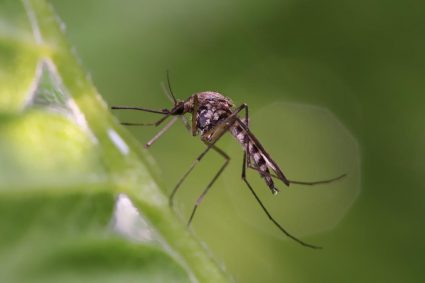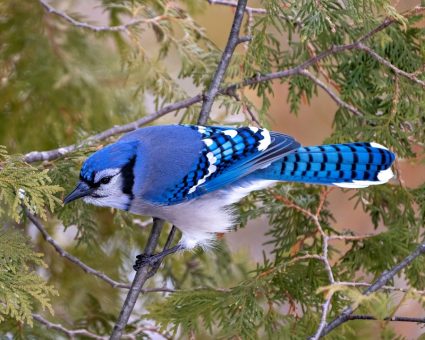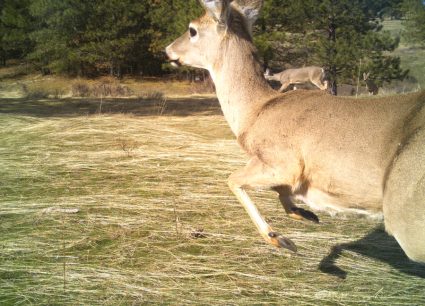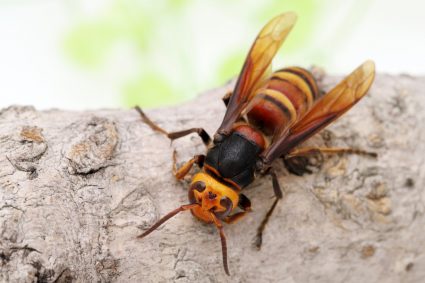
We know flying squirrels are cute.
But once they start munching on your wires, disturbing how your furniture pieces are organized, or breaking down your sidings, it becomes an entirely different story.
Chewed wires can cause appliance malfunction, or worse, they can lead to a fire.
In addition, broken-down sidings can cause holes and attract more flying squirrels and other creatures to enter your home.
So, what’s the best way to combat flying squirrels?
Flying squirrels may be quick, but humans are quicker and smarter. If you encounter one entering your house, don’t forget these hacks:
- Set traps.
- Open entryways that encourage them to go out.
- Make loud noises.
- Catch them with a blanket.
- Trigger their sense of smell.
Flying squirrels hate enclosed spaces, so these tricks should do their magic.
This guide provides a detailed overview of how you can get flying squirrels out of your home. They are quick, basic, and don’t require you to be experts about these creatures.
Hacks To Lure Flying Squirrels Out of Your House

Flying squirrels may be clever to soar through and enter your houses, but you’re smarter.
In fact, you might be surprised to find out that these creatures are scared of humans.
Before trying more dangerous methods, here are simple yet proven effective methods to lure flying squirrels out of your humble abode.
1. Set Traps

Setting up various humane traps in your home is one of the best ways to prevent flying squirrels from infiltrating your residence.
You can buy several cage traps in the market, such as single-door live animal traps, live traps, and multiple-catch traps.
It’s also best to place different kinds of bait inside the traps, like nuts, fruits, or seeds.
Setting traps is quick and straightforward because you can readily place them anywhere in your house, especially where you suspect a flying squirrel is hiding.
2. Open Entryways That Encourage Them To Go Out
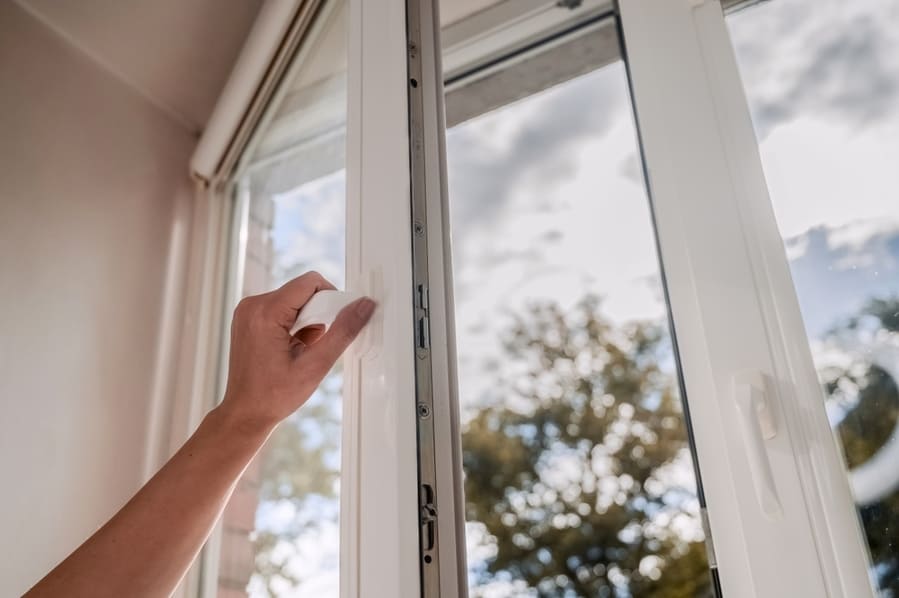
Flying squirrels that unintentionally enter enclosed spaces become scared. Hence, they always try to find ways how they can go out.
So if you think the creatures are inside your home, take the easy route. Ensure that it’s easy for the flying squirrels to find their way out.
You can do this by opening possible entryways where the squirrels can exit. Open doors and windows that open to the outside, and close any entry point that leads to another part of the house.
Additionally, don’t place any food or bait that will make the squirrels want to stick around.
After ensuring the room has open exit points, leave and wait. Flying squirrels who feel trapped will likely use the open doors and windows to escape from the enclosed space.
3. Make Loud Noises

Loud noises best work when the flying squirrels are trapped inside the attic or any small dark room.
You may want to frighten them a bit, so they’ll be convinced to leave your house. That’s also considering you have opened a few exit points for the creatures to escape.
You can make loud noises with the following tricks:
- Rap on the rafters, walls, or ceilings.
- Yell or talk in loud voices.
- Adjust your radio or television to a loud volume.
- Leave loud music on play during the entire day.
If these tricks don’t work, you can also set up a bright light in the attic and leave it switched on from day to night. This should be enough to disturb and frighten the flying squirrels for them to leave the house.
4. Catch Them With a Blanket

If you find a flying squirrel cornered in the room, don’t be aggressive. Once the creature senses your aggressiveness, it will start to act wildly and escape.
What you can do is wear a pair of heavy gloves and grab a thick blanket.
Approach and walk near the squirrel. Slowly lower the blanket on the creature. After, gently roll the blanket up.
Don’t roll the blanket too tightly, or you’ll risk injuring the squirrel.
After catching the squirrel with the blanket, take it out of your house, away to the open ground. Let the creature escape.
5. Trigger the Squirrel’s Sense of Smell

If cage traps or open exit points don’t work, it’s time to trigger their sense of smell.
Squirrels are sensitive to certain smells that will make them want to leave your house right away.
An effective scent is apple cider vinegar. You can place a few drops on a small cloth and place it in the attic or enclosed space where the squirrel is hiding.
The chances of the creature finding its escape immediately are definitely high.
Squirrels also hate spicy odors. These include cayenne, white pepper, garlic, and black pepper.
Scatter them around the room to trigger the flying squirrel and cause the creature to find the nearest exit.
Growing mint plants in your garden can also cause flying squirrels to stay out of your house.
This way, you won’t experience seeing these creatures lurking around dark spaces in your residence. That also means no hassle from thinking of ways to take them out.
Protect Your House From Flying Squirrels

Your homes are safe places that flying squirrels or other creatures should never infiltrate.
But when you encounter one lurking in your house, this guide’s simple hacks should do the trick.
Setting up traps, using a blanket, making loud noises, and triggering the squirrels’ smell are just some of the most effective ways to ensure your house is free from cute yet aggressive flying squirrels.
Frequently Asked Questions
What Is the Best Bait for Flying Squirrels?
Sunflower seeds and peanut butter are effective baits that would easily lure flying squirrels into the trap, all thanks to their nutty taste.
Why Do Some Squirrels Love Entering Houses?
Flying squirrels enter houses because they have found a place to seek food, a nesting area, and a warm shelter.
When a particular home meets all the requirements to set up a makeshift housekeeping area, it’s when a flying squirrel attempts to enter your residence.

